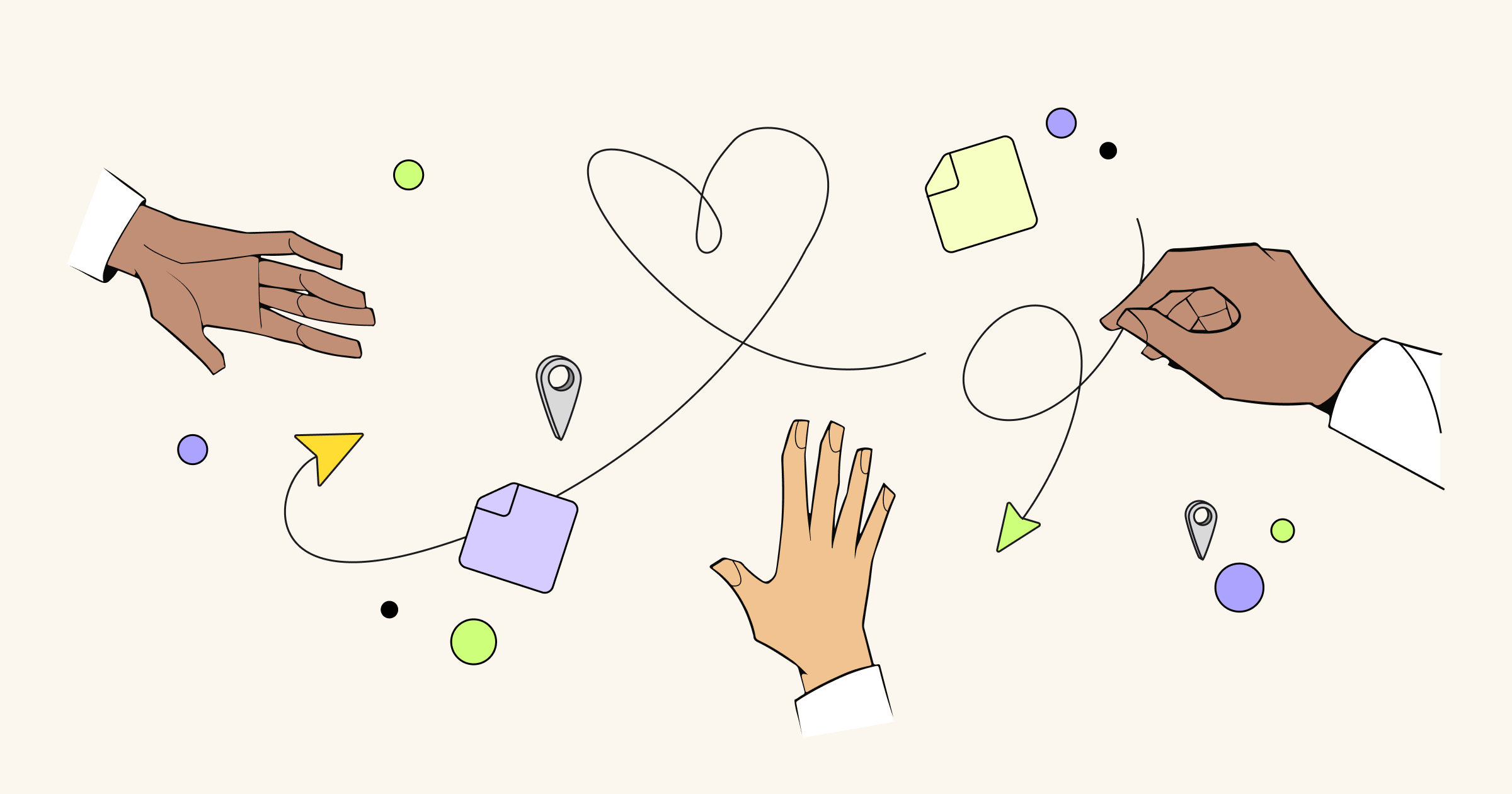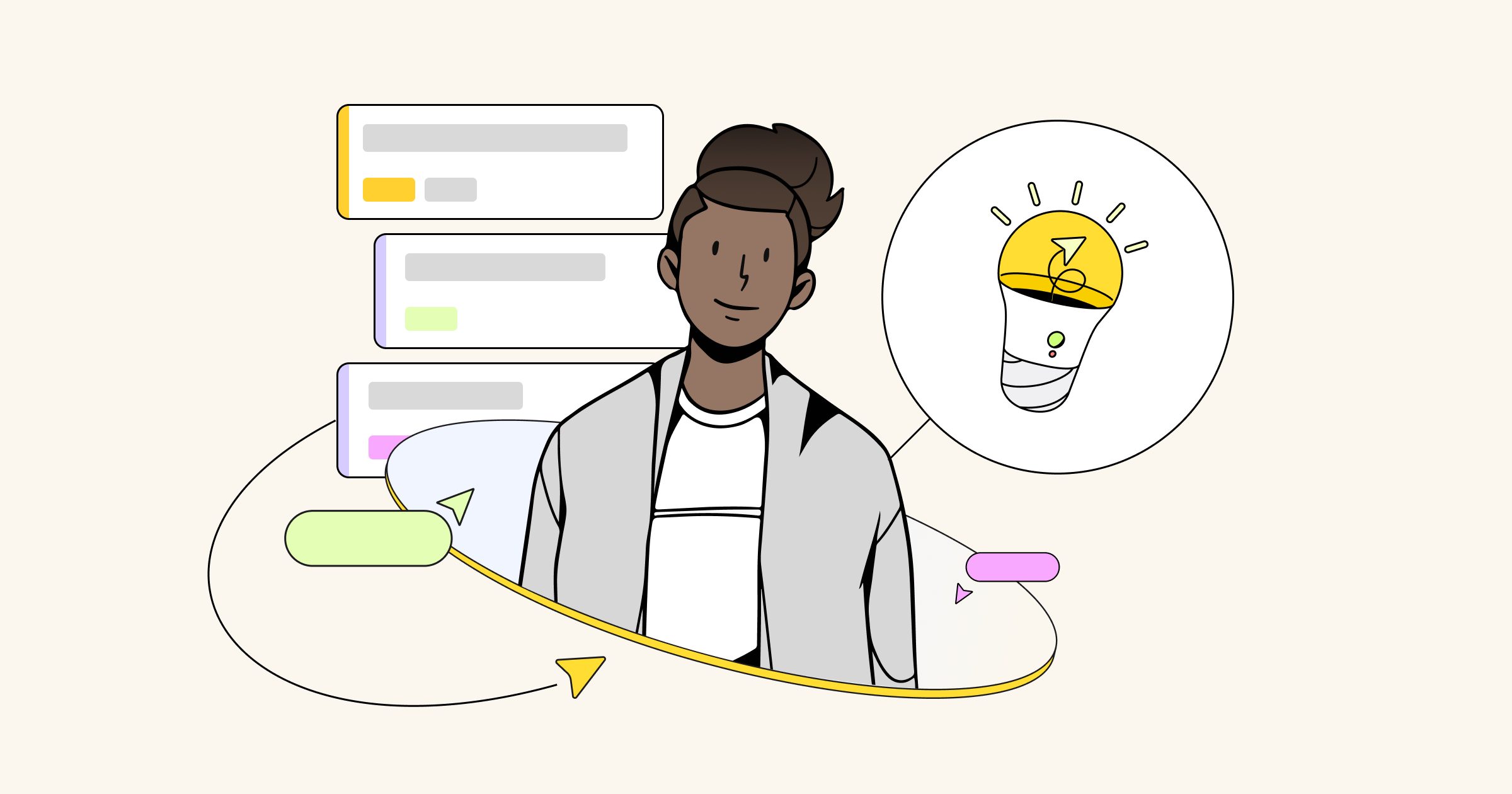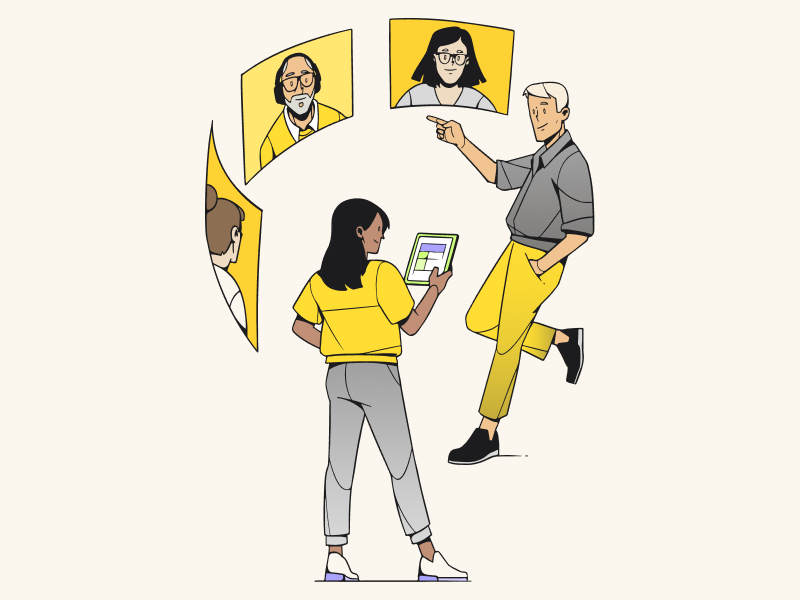I’m hard-pressed to think of another period in my 20-plus-year career when future readiness was a higher, more urgent priority for enterprise leadership than it is today. A multitude of disruptive forces—ranging from experimenting with generative AI to prioritizing diversity, equity, and inclusion policies and programs to implementing hybrid strategies—are coming to a head, and we can truly only speculate about what the world of work might look like a decade from now.
When I talk about future readiness, I don’t mean an organization’s level of preparedness for one of these specific disruptions or any other trend. Instead, I’m referring to the way a company’s culture and operations are able to respond to any change the market might bring. I find the “ambidextrous” definition that the MIT Center for Information Systems Research offers for future-ready firms to be particularly apt; they say that future-ready firms use “a common language for a digital business transformation, and a framework that will help guide and motivate employees along the journey.”
Unfortunately, time and again both Bram and I—he in his capacity as an evangelist for collaborative innovation at Miro, and me over the course of a career spent consulting on business transformation—have encountered leaders who are overconfident (sometimes wildly so) in the future readiness of their organizations. The challenge is that future readiness lies at the intersection of technology and culture, and an organization investing in one may be woefully neglecting the other. Let’s take a look at the pillars of future readiness, so that you can see why I think this is an especially important time for leaders to be paying attention.
What makes an organization future-ready?
The three levers that drive a company forward are customer experience, partner experience, and employee experience. Future-ready companies invest equally in all three, but these account for less than 25% of enterprise firms.
The value of investing in customer and partner experience is self-evident; happy, loyal customers who buy into and evangelize the brand and productive partners who help bring its products and services to market efficiently are both beneficial to a business’ bottom line. And then there’s employee experience, which is a broad category that includes the relationships that employees have with one another; the connectedness they feel to the company’s mission and brand; and their actual experience of getting work done.
Too often, leaders assume that their employee experience is adequate so long as customer experience and partner experience are delivering expected results. They tend to have an “if it ain’t broke, don’t fix it,” approach to people, and no one wants to check under the hood and see if it really ain’t broke. And yet, when employee experience suffers, so do the experiences of partners and customers.
4 steps leaders can take to evolve their employee experience
As the latest macro disruptions converge and transform the way we work, it’s time leaders look critically at employee experience—especially in the context of today’s hybrid workplace—to ensure future readiness. Here are four (plus!) steps for how to do so:
1. Build partnerships instead of false families and virtual ties
It’s been fascinating to track the recent evolution of workplace relationships—how they form and underpin the employee experience. Just five years ago, many employers relied heavily on perks like free lunches and happy hours, as well as stunning offices full of amenities, to attract top talent and attempt to secure their loyalty. In return, employees sought sponsorship from their leaders—opportunities to explore different roles within a company and grow professionally. Ultimately, these relationships were highly transactional, while being shrouded in familial jargon.
The pandemic upended the way people connect with their colleagues and companies, somehow simultaneously deepening and creating distance within workplace relationships. We suddenly had more insight into each others’ lives than ever before, along with an influx of tools forging relationships virtually. In fact, I was interested to learn from Bram that Miro’s “The Ways We Work” survey found that Gen Z and Baby Boomer workers identified “casually chatting via messaging apps” as the number one way to develop connections at work today. While technology functionally enabled interaction among teammates, it also sapped causal chats, stand-ups, and other work rituals of true human socialization.
As we enter into a world of work that looks wholly unlike any we’ve known before, let’s take this opportunity to likewise redefine the relationship between employee and employer. Going forward, the employee experience should be grounded in true partnership; a fair “contract” in which the contributions from and expectations for each party are clear. It’s my belief that this type of partnership—based on mutual respect and responsibility—will result in more harmony, productivity, and positive engagement than the falsely familial or fully virtual relationships that came before.
2. Change employees’ relationship with meetings
Speaking (loosely) of family, I’ve always marveled at the similarity between family dinners and corporate meetings, in that they can both feel frustrating and unproductive when you have nothing to contribute or can’t relate to the other people in the room (or on the screen, as the case may be). I strongly believe that employees should attend meetings only if they have something to add, and, if not, they should skip them (and the same goes for family members and dinner). I don’t say this to criticize anyone—really, everyone—who has sat through a meeting without saying a word, but rather to give all of us permission to protect our time.
It’s easy to say that leaders should empower their employees to decide how to distribute their own bandwidth, but what might this look like in action? One approach that leaders can take is providing tools that facilitate asynchronous collaboration to replace or shorten time-bound meetings. One such tool is Miro’s new TalkTrack feature, which enables users to capture immersive audio or visual recordings of their board content. Not only do these recordings help stakeholders get up to speed on their own time; they also make meetings themselves more efficient and meaningful by ensuring collaborators come to syncs prepared.
Asynchronous collaboration does more than just save people time—it’s also a critical component of creating inclusive workplaces that are optimized for all types of communication, learning, and working styles. Asynchronous work gives people more time for deep thinking and contextual sharing, while also helping them overcome the social pressures of sharing in front of a large group.
Read more: 3 Ways to Unleash the Power of Introverted Employees
3. Prioritize diversity and inclusivity in everything from bottoms-up meetings to top-down policies
No matter if collaboration is asynchronous or synchronous, it’s leaders’ responsibility to ensure that it occurs within a diverse and inclusive environment. While advancements in technology and people’s access to has democratized work in many ways, it has also made some workplace dynamics more complex.
For example, employees may be hesitant to turn their camera on during a meeting because they are uncomfortable with social interaction; embarrassed to reveal where or how they live; or lack necessary infrastructure like a stable internet connection or a quiet work environment. However, in certain company cultures, a simple act like being camera off can limit participants’ equity in and influence on their teams since they are not showing up in the same way as their more visible and vocal colleagues. It’s critical that leaders consider these realities of modern work alongside its benefits and consider the full picture as they design workplace policies suited for diverse organizations.
It’s equally important that executives recognize the role their personal experience and privilege plays in the strategies they devise and implement. Though a CHRO may not currently operate within the same circumstances as their Gen X worker who’s caring for both their children and their parents or an employee who commutes to the office by bus, the policies they write have the power to significantly shape these people’s lives. For example, a rigid return-to-office plan would likely be more detrimental to the experience of these two employees than a hybrid strategy that offers them the flexibility to care for their families and save money on commuting.
Download: “10 Principles for Inclusive Collaboration” Ebook
4. Kill slide deck culture
I leave you with perhaps my most tactical recommendation for fostering an empathetic and engaged culture, which is to get rid of—or at least drastically reduce use of—slide decks. Slides are the stone tablets of the corporate world, and the illusion of finality that they emit sucks all of the collaborative energy out of a project. When someone shares a strategy deck, our brains are wired to believe that the plan is complete and ready to be put into action. Instead of inviting feedback, decks draw a line in the sand signaling that the time for feedback has passed.
Meanwhile, collaborative workspaces encourage people to share suggestions and, in doing so, drive ideation and innovation. In an office, a physical whiteboard signals that an idea is still in development and iteration is welcome. In a hybrid or remote workplace, online whiteboards can amplify the voices of an array of collaborators.
Slide decks are a massive part of the culture of communication within professional service organizations, in particular. Evolving beyond decks into more collaborative styles of working can encourage engagement and unlock creative thinking across organizations of all types.
Bonus step(s): Listen, iterate, and empathize
One of the reasons that employee experience is so often overlooked is that it’s difficult to measure.
Employers’ best option is to go directly to the source, soliciting feedback from their workforce through in-depth interviews, online forums, performance reviews, pulse surveys, and any other avenues that are conducive to transparent conversations between manager and employee. An obvious, yet often overlooked, part of this process is to take seriously the feelings that people are vulnerable enough to share and adapt workplace strategies to reflect their input about what’s working and not.
This action is where empathy lives. And empathy isn’t just a key to a positive employee experience—it is the employee experience. When employers are understanding of their employees’ unique needs, they create a safer workplace. And when people feel safe, they bring their best to work. Simply put, empathy is fundamental to future readiness.






